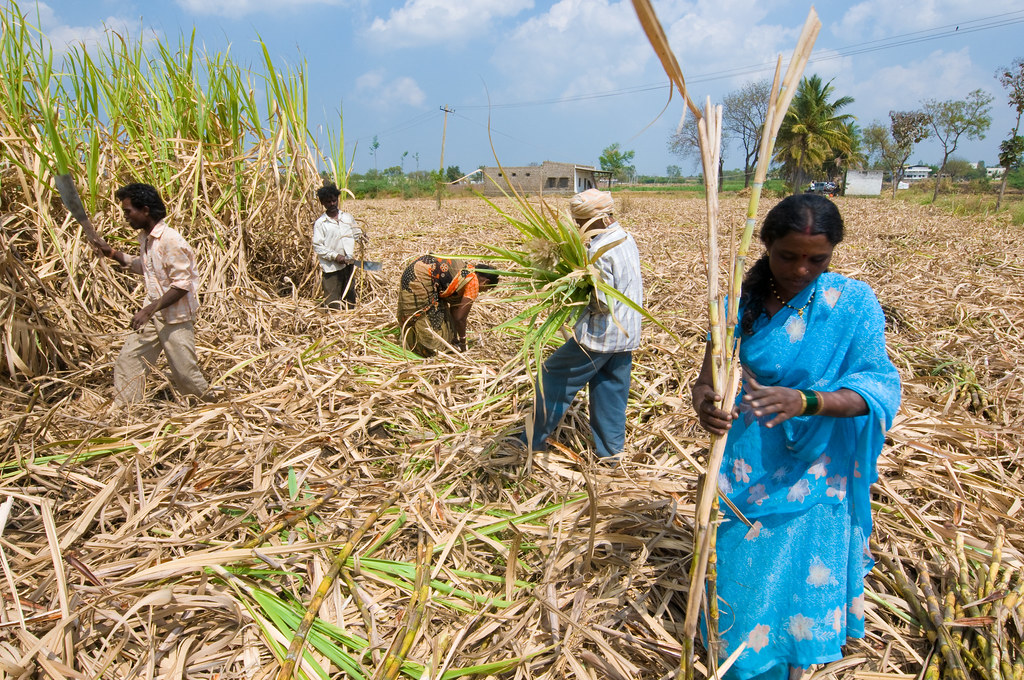Designers often talk about “walking in the customer or users’ shoes” and the importance of “understanding context”. Why is it so important to see and feel the environment when designing vs. referring to prepared research, thinking and analysing? Some things cannot be replicated while sitting at a computer, and the story I’m sharing today – from one of many field research trips – illustrates this fact. It left a powerful impression on my mind and forced the design team to push for a potentially life-saving design.
During the development of the MC9000, a 3rd generation industrial mobile computer, my team and I made several visits to customer sites to learn about the business use case as well as to observe devices in use at a range of supply chain operations. We sometimes found ourselves in extreme situations where we had to solve for very specific conditions.
How hot does a blast furnace get?
To enter the British Petroleum refinery in Houston, in addition to the standard safety protocol of wearing steel toe boots, overalls, hard hats, and goggles, I had to shave off my beard completely since facial hair was not permitted. Luckily, our team had come straight from the airport, so I took my shaving kit out of my bag and cleaned up right there in the facility. I didn’t want to miss this experience for anything!
Our purpose was to learn about how mobile computers were being used to capture data across all gauges in the refinery and to observe the in-use and out-of-use scenarios. We watched the foreman and his team carry these 2lb (900g) machines around on bicycles as they moved around the facility – to us a giant chemistry laboratory.
At one point on our tour, the foreman opened a small trap door on the side of the building to give us a peek at the inside of a blast furnace. We were hit with a hot gust of air and flames shooting up to the ceiling; glowing red pipes through which petroleum was being heated and processed, lined the walls. I was finally able to connect with the extreme physicality and stress of working in this kind of environment.
At the base of the furnace we were surrounded by a maze of pipes. This is where the actual temperature and pressure data was recorded. It was a bright, sunny day, so we squinted our eyes to read the machine display, while straining our ears to listen to the foreman over the loud, constant din of the refinery.
What does 90 decibels feel like?
What is ‘loud’? The PRD would say ‘the environment of use can run up to 90+ dB with a dominant frequency of 4000 Hz…’, but what does this really feel like? It’s impossible to imagine without actually experiencing it.
On returning to the studio we reflected on the visit. First, we had to consider the high noise levels, which made hearing any audio signal very difficult. Beeps and other auditory sounds are commonly used to confirm an action or caution a user of an error or fault. Any deviation from normal functioning of a furnace could be catastrophic, therefore every input had to be recorded accurately. No matter how insignificant it seemed, no feedback could be ignored.
Another challenge was that in bright sunlight it became difficult to read LCD screens. So with poor audio and display feedback possibilities, we decided our best option was to add an LED to the housing that would be clearly visible in any light.
Typically a small, single pixel LED would have been added. But for BP, we proposed an LED that spanned across the current LCD display, which an operator would be able to see no matter the ambient environment. This seemed to solve the workers’ implicit needs but introduced a big challenge for the engineering team. We heard a lot of reasons why it could not be done. Had we not stood under that blast furnace, we might have conceded and gone with a more conservative approach. Our reasons were real, and this gave us the conviction to fight for what helped the user. After much back and forth between design and engineering, the engineering team eventually found an innovative work around, and we helped make operations in the refinery safer.
More often than not, innovation comes from placing oneself in the real world. In my experience, visits like this lead to products that are more useful, not to mention safer, for the end-user, and better for the business at large. When we get people to relate to such unique scenarios in human terms, it helps us all make better decisions.
So was it worth the trip into that loud, hot, uncomfortable environment?
A resounding YES. Every single time.
See you in the field…


